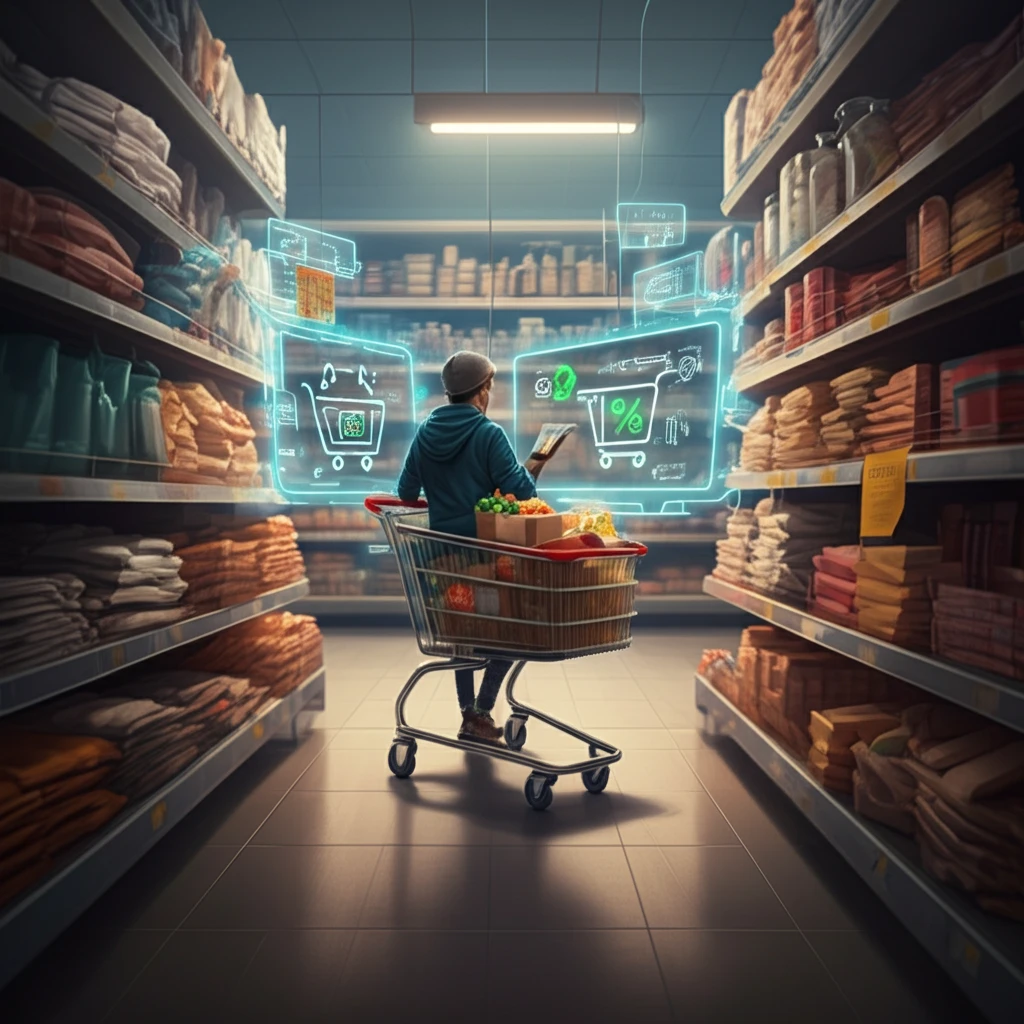
Decoding the Smart Store: Is In-Store Tech Actually Enhancing Your Retail Experience?
"Uncover the reality of in-store technology and its impact on creating genuine omnichannel retail experiences, separating the hype from what truly benefits customers."
The buzz around “smart retail” promises a seamless, tech-enhanced shopping experience, merging the convenience of online with the tangible aspects of in-store shopping. Consultants and innovators alike tout in-store technology as the golden ticket to omnichannel success, benefiting both retailers and their customers. But, does all this technology truly translate into a better shopping experience? Or are we getting caught up in the hype?
This article cuts through the noise to explore the reality of smart retail. It examines whether retailers can effectively control a customer’s omnichannel journey by influencing the in-store environment. Based on an analysis of 107 academic sources in marketing, innovation, and information systems, this synthesis uncovers four distinct types of omnichannel experiences. The key differentiator lies in who's in control – the customer or the retailer – and how well these experiences integrate marketing and technology.
Ultimately, the goal is to help retailers understand the nuances of creating a truly integrated omnichannel experience, one that avoids the pitfalls of over-control and instead focuses on empowering the customer.
The Omnichannel Promise: More Than Just Multiple Channels?

The retail landscape has rapidly evolved, moving from traditional brick-and-mortar stores to a multichannel approach, then cross-channel, and now omnichannel. Multichannel retailing involved creating new, separate channels without connecting them – imagine a store with a website operating under a different brand, with no shared customer data. The primary aim was to boost profitability and customer loyalty by maximizing each channel’s direct earnings.
- Customer-Centric: Omnichannel focuses on customers and their data, while multichannel and cross-channel strategies are centered on retailers and their specific channels.
- Micro-Experiences: Omnichannel journeys comprise many successive or simultaneous micro-experiences, both virtual and real, that combine into a complete meta-shopping experience.
- Comprehensive Understanding: Ethnographic methods provide more accurate insights into customer omnichannel journeys because they capture immediate experiences that declarative techniques often miss.
The Future of Retail: Balancing Control and Customer Empowerment
Ultimately, the connected store reveals what the omnichannel experience can – and cannot – be. When retailers prioritize customer empowerment and seamless integration, they create truly valuable omnichannel experiences. Over-controlling the experience or focusing too heavily on technology can lead to a disjointed, less effective result. The key is finding the right balance between guiding the customer journey and allowing them the freedom to explore and engage on their own terms.
